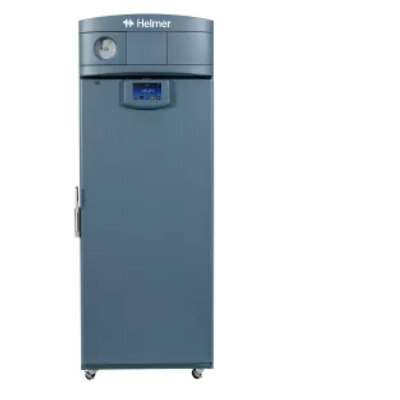Photoactive Dye Could Prevent Surgical Infection
By HospiMedica International staff writers
Posted on 03 Jun 2015
A novel antimicrobial dye activated by light could help prevent bacteria from growing on bone fragments used in reconstructive surgery, according to a new study. Posted on 03 Jun 2015
Researchers at Thomas Jefferson University (Philadelphia, PA, USA) treated bone chips with 5, 10, 15, 20-tetrakis-(4-aminophenyl)-porphyrin) (TAPP), a green dye that is stable while in the dark. But when illuminated, TAPP becomes active, producing reactive oxygen species (ROS) that rapidly kill bacteria. TAPP adsorption to a bone allograft and long-term stability were determined spectrophotometrically, and antimicrobial activity was measured while activated with light or in the dark during incubation with S. aureus or after allograft biofilm formation.
The researchers found that the dye porphyrins strongly adhered strongly to bone allograft, without any trace of leaching out into surrounding fluid,and that the bacteria were unable to sequester TAPP from the TAPP-allograft. When illuminated, the TAPP-allograft became resistant to bacterial adherence, and was also able to disrupt existing biofilms. The strong adherence also suggests, according to the researchers, that it could be safe and non-toxic to normal tissue. The study was published online on April 17, 2015, in Clinical Orthopaedics and Related Research.
“Bacteria really love to hide and grow in the nooks and crannies of porous bone and bone fragments—it’s one of the most perfect surfaces for bacterial growth,” said lead author Noreen Hickok, PhD, an associate professor of orthopedic surgery. “We used a class of chemicals called porphyrins that are tolerated very well by the body in the dark and appear to have excellent antimicrobial properties in the presence of light. These properties allow sterilization during surgical procedures, which occur in bright light.”
“The TAPP dye could be added to the currently used protocols for sterilizing the bone prior to use in surgery,” added Dr. Hickok. “Sterilization could then occur in two steps—one which was achieved with a targeted illumination, and the other would be the continuation of the activation in the bright lights of the surgical suite so that the sterilizing effects of the ROS release could continue well into surgery and implantation.”
Allograft bone is derived from humans. It is typically sourced from a bone bank, originating either from cadavers or from the femoral head of living human bone donors who are undergoing elective total hip arthroplasty. There are three types of bone allograft available - fresh or fresh-frozen bone; freeze-dried bone allograft (FDBA); and demineralized freeze-dried bone allograft (DFDBA).
Related Links:
Thomas Jefferson University














